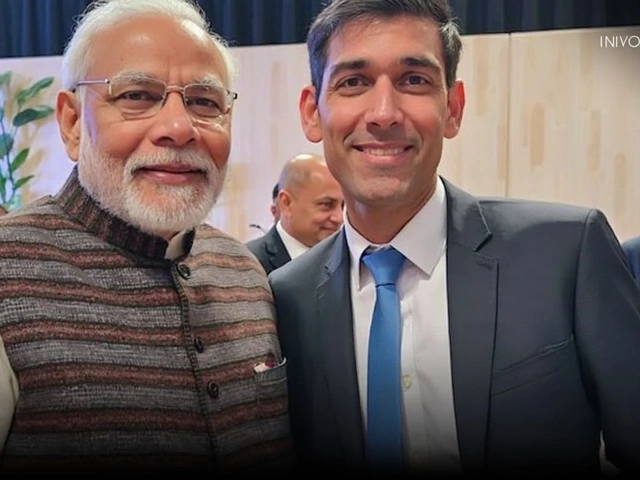Stock Market Crash: What Triggers It and How to Stay Safe
Ever watched the market tumble and felt a knot in your stomach? You’re not alone. A stock market crash isn’t just a headline—it’s a sudden, steep fall in stock prices that can wipe out savings fast. Understanding why it happens and how to react can keep you from panicking when the next drop hits.
Why Do Crashes Happen?
Crashes usually start with a mix of panic, bad news, and shaky confidence. Think of it like a domino effect: one bad earnings report, a surprise policy change, or a global event can spark fear. When investors rush to sell, prices drop, more people sell, and the cycle accelerates. Some common triggers are:
- Economic shocks – sudden spikes in inflation, a debt crisis, or a sharp rise in interest rates.
- Geopolitical tension – wars, trade wars (like the recent U.S. tariff on Indian imports), or political upheaval.
- Corporate failures – large firms going bankrupt or revealing hidden liabilities.
- Market bubbles – prices that have risen far beyond fundamentals, making a correction inevitable.
Even a rumor can set off a sell‑off if enough traders believe it. The tech bubble of 2000 and the 2008 financial crisis are classic examples where optimism turned into panic.
How to Protect Your Money
When a crash looms, the instinct is to pull everything out. That move can lock in losses, especially if the market later recovers. Here are some practical steps you can take:
- Diversify. Spread your assets across stocks, bonds, gold, and cash. A mix reduces the blow if one sector tanks.
- Keep an emergency fund. Having three to six months of living expenses in a liquid account stops you from selling investments at a loss when you need cash.
- Invest for the long run. History shows markets bounce back after crashes. Staying invested lets you benefit from the rebound.
- Use stop‑loss orders. Setting a price where your stock automatically sells can limit downside, but be careful not to trigger on normal volatility.
- Stay informed, not scared. Follow reliable news sources, watch economic indicators, and ignore sensational headlines that cause panic.
If you’re new to investing, start with low‑cost index funds. They track broad markets, so you’re less exposed to the sharp swings of a single stock.
Recent stories illustrate the impact. The U.S. imposing a 50% tariff on Indian imports sparked market jitters, while the NSDL IPO surge showed how strong demand can still lift certain segments. Both events remind us that markets react to policy and sentiment in real time.
Bottom line: a crash is painful but not fatal if you’re prepared. Keep your portfolio diversified, hold cash for emergencies, and think long term. When the next big dip rolls around, you’ll be ready to stay calm, make smart moves, and maybe even pick up bargains while others are scrambling.
Stock Market Crash: US-China Tariffs Trigger Panic Across Indian Markets
Indian markets experienced a sharp downturn on April 7, 2025, with Sensex plunging nearly 4,000 points. The crash was driven by fresh US-China tariff battles, sparking fears among investors and leading to RBI and SEBI interventions to stabilize the situation.





